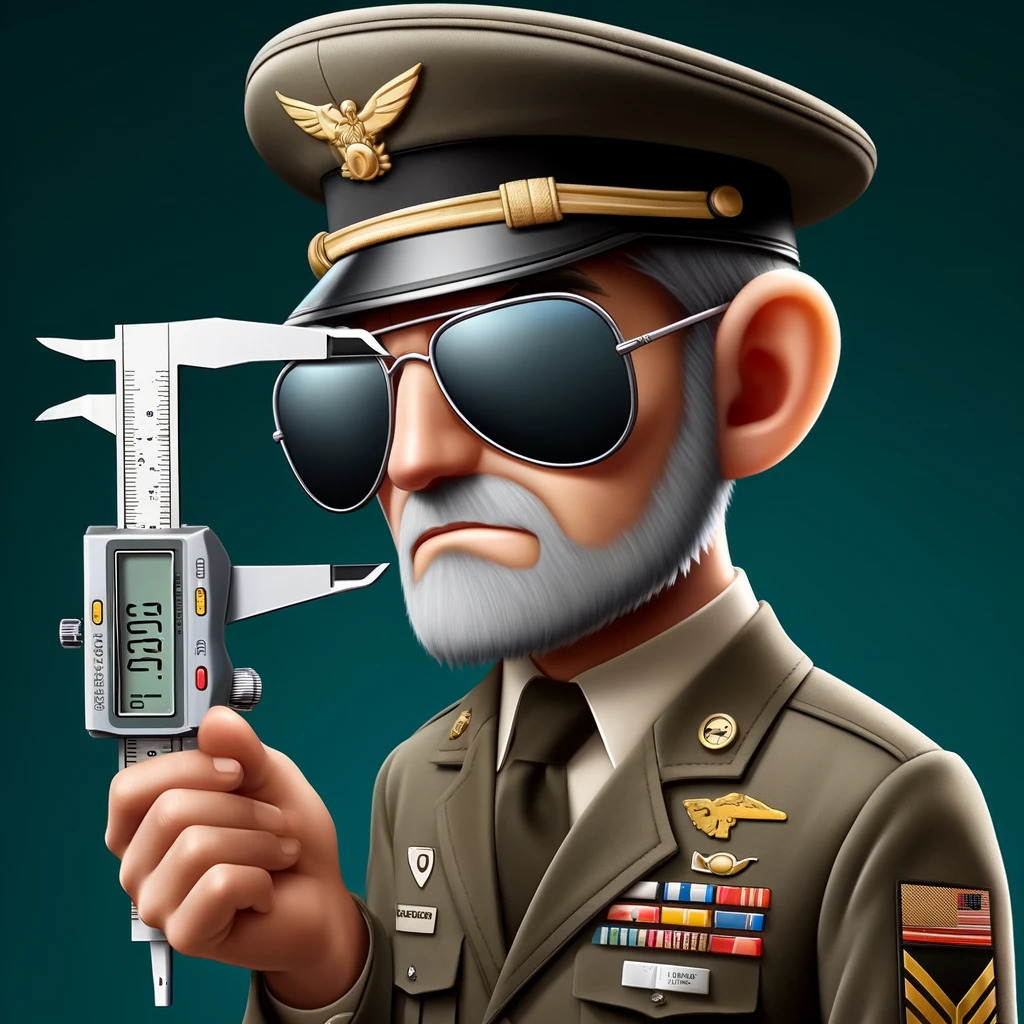Mitutoyo, a leader in precision measuring tools, offers a wide range of instruments catering to various industrial and technical requirements. Among its vast lineup, dial indicators stand out for their accuracy, reliability, and ease of use. Mitutoyo indicators can be purchased at their Official Amazon Store, here. These instruments are essential for tasks requiring precise measurements of small distances, ensuring the quality and precision of manufacturing processes. Mitutoyo offers two primary types of dial indicators: dial-type and electronic (aka, digital). Each has its unique advantages and potential drawbacks, depending on your specific needs and application. Let’s look at the pros and cons of these indicators to help you make an informed decision.
Dial-Type Indicators
Dial-type indicators, also known as mechanical dial indicators, feature a simple, robust design that measures small distances or angles by converting them into large rotations of the dial. The needle movement, directly proportional to the displacement measured, offers a visual representation of the measurement.
Pros:
- Durability: Mechanical components without electronic parts make dial-type indicators highly durable and resistant to many workshop conditions.
- Precision: Offers high precision and accuracy for most industrial applications.
- Ease of Use: Simple to operate without the need for any power source, making them versatile and reliable for fieldwork.
- Cost-Effective: Generally less expensive than their electronic counterparts, providing a cost-efficient option for many users.
Cons:
- Limited Features: Lacks the additional features and conveniences found in electronic models, such as data logging or digital readouts.
- Reading Skill Required: Requires some skill and experience to read accurately, especially for those less familiar with analog gauges.
- Susceptibility to Human Error: Manual reading and interpretation may lead to slight errors in measurement recording. Viewing the indicator dial off-center can result in an incorrect measurement.
Electronic Dial Indicators
Electronic dial indicators are a modern take on the traditional dial indicator, incorporating digital displays and electronic components to offer enhanced features and ease of use. These indicators provide digital readouts, eliminating the need for manual readings and offering more straightforward data recording and interpretation.
Pros:
- Ease of Reading: Digital displays show precise measurements, which are easy to read at a glance and reduce the chance of human error.
- Advanced Features: Many electronic indicators come with features such as data output for digital recording, tolerance settings, and the ability to switch between metric and imperial units.
- Versatility: Suitable for applications requiring data logging or when measurements need to be shared or stored digitally.
- Reduced Measurement Time: Faster measurements with digital readouts can significantly speed up the measurement process in high-volume settings.
Cons:
- Cost: Generally more expensive than dial-type indicators due to the additional electronic components and features.
- Durability Concerns: Electronic parts may be more susceptible to damage from harsh workshop conditions, such as exposure to liquids or extreme temperatures. This can be mitigated by choosing the right IP rating (Ingress Protection ratings rate your hand gauges for the intrusion of dust, oil, and water).
- Power Dependency: Require batteries or a power source, which can be a limitation in environments where power is not readily available or in fieldwork situations.
Choosing between a dial-type and an electronic dial indicator from Mitutoyo depends on various factors, including resolution, the environment in which the tool will be used, and your budget. For those working in tough conditions or requiring a simple, reliable tool without the need for data logging, a dial-type indicator may be the best choice. In contrast, for applications needing high precision with easy data recording and transfer, an electronic dial indicator will be more suitable despite its higher initial cost and power requirements.
Mitutoyo’s reputation for quality and precision ensures that whichever type of dial indicator you choose, you’re investing in a tool that will provide reliable measurements and enhance your project’s accuracy and quality.

